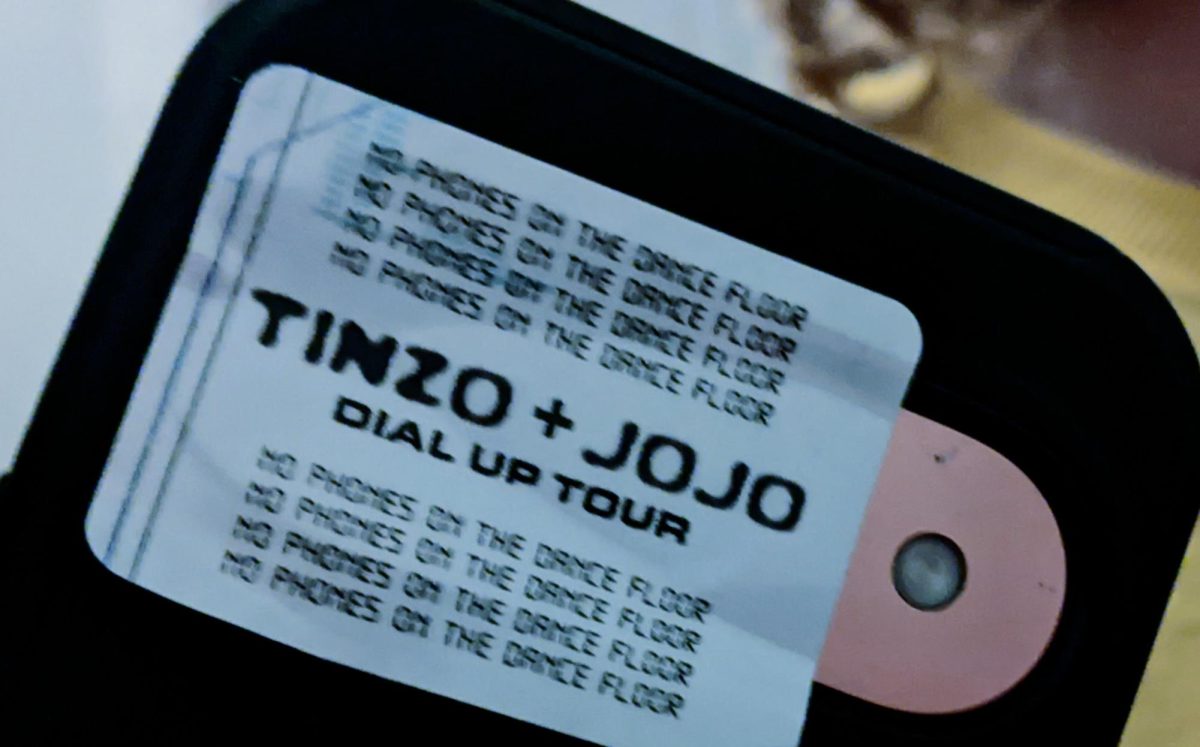Who: Smith Westerns
When: February 24, 8 p.m.
Where: Triple Rock Social Club (629 Cedar Ave. S.)
ChicagoâÄôs team of barely legal rockers, Smith Westerns, are currently basking in hipster adoration âÄî a gift that the worldâÄôs self-celebratory blogosphere annually grants to a handful of the most devil-may-care acts gracing the stages of 400-person capacity clubs. The worldâÄôs biggest little music website, Pitchfork, adorned their sophomore effort, âÄúDye it Blonde,âÄù with a commendable 8.4 rating and âÄúBest New MusicâÄù label.
Since the gawky gaze of contemporary music writers is constantly shifting, these hot acts usually prove to be flashes in the pan. But Smith Westerns craft dreamy layers of romance and big guitar pop in a way that is wise beyond their Web-dominated years. âÄúDye it BlondeâÄù only carries their hint of staying power further.
Founded amidst the backdrop of the northern Chicago suburbs, Smith Westerns churned out their first album while still enrolled at Northside College Prep High School. Needless to say, they werenâÄôt members of the chamber choir. Their first spattering of songs was jubilant and full of crunchy guitars and choral hooks. However, band frontman Cullen Omori, 20, confesses to being initially less than forward about their influences.
âÄúWe said in interviews that we had listened to Nuggets, but that was not really the case,âÄù he said. âÄúWe were just covering for the other influences we didnâÄôt want to talk about.âÄù
This admitted reach for coolness points is not too much of a digression from the truth. There are hints of Beatles harmonies, T. Rex guitars, and David Bowie space-tripping spanning across both releases. Moreover, âÄúDye it BlondeâÄù producer Chris Coady, the engineer behind recent landmarks like Beach HouseâÄôs âÄúTeen Dream,âÄú was able to tighten these elements for the group during their 20-day session in New York City.
âÄúWe really wanted everything brought out louder,âÄù Omori said. âÄúYou can only do so much with GarageBand.âÄù
CoadyâÄôs presence in the studio allowed every instrumentâÄôs composition to stand tall in the final mix. Omori discusses this as a focal intention after the common misreading of their first release as a lo-fi or garage effort.
âÄúWe wanted people who were good at layering different instruments and creating this dreamier atmosphere,âÄù Omori said.
âÄúDye it Blonde,âÄù released in January, entirely succeeds on such efforts. The guitar progressions, originally lost amidst the fuzzed-out chords of the self-titled, are now cruxes of the tracks, each melody buzzing at the center. Although the group has crafted a more meticulous follow-up LP, it still carries those earlier tracks with comparable precision on stage.
âÄúWe were playing it tighter than we had on the recording,âÄù he said, âÄújust because we had played the song so much and practiced so much with them.âÄù
That precision will likely be honed in through a heavy touring schedule during their big 2011. The group is already on the bill for Sasquatch and Bonnaroo. However, those bigger stages will only demand the same sort of energy these starry-eyed youngsters bring to every rock club.
âÄúWe want to play every show as if we were playing 3000, even if it were 300,âÄù Omori said.
Sure, that âÄúgive it 110 percentâÄù attitude may be a bit naive, but it is so in a gleefully hopeful way. After all, their point of seduction likely rests in their youthful presence in a music market where most accomplished acts are at least old enough to carry some useless liberal arts degree.
There is something enviously cool about Omori and company tearing through rock âÄònâÄô roll songs for a crowded club theyâÄôre too young to get into.







